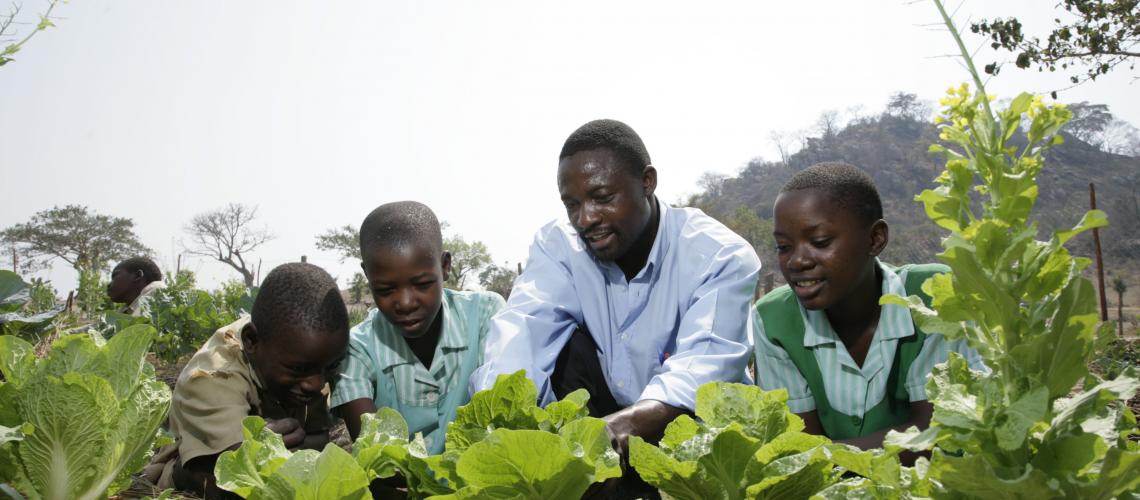
Eastern & Southern Africa
Zimbabwe is particularly vulnerable to climate induced hazards such as drought, floods and cyclones that can trigger food insecurity as well as disease and pest outbreaks. Floods are common in low-lying areas in the Zambezi Valley in the North, while the South is frequently hit by droughts and dry spells that severely reduce crop yields. Climate change has induced increasingly erratic rainfall which when combined with limited adaptive capacities, have resulted in peaks in food insecurity every four to five years. The underlying risk drivers include rapid unplanned urbanization, construction on wetland areas, land degradation and deforestation. This exposure to hazards and climate risks is compounded by endemic poverty.
In 2017, at the government request, the CADRI Partnership supported a capacity assessment of the disaster risk management system. The assessment puts a strong focus on local level capacities covering four of the most disaster affected districts. It prioritizes key recommendations covering three main sectors: agriculture and food security, health, and WASH. It puts a special emphasis on human mobility including cross border migrations, internal migrations and refugees.

 English
EnglishZimbabwe - Capacity Diagnosis Report
1 May 2017
